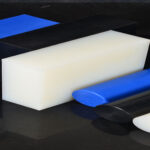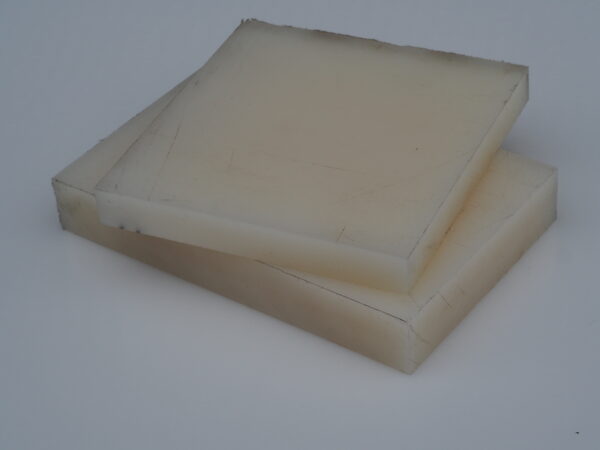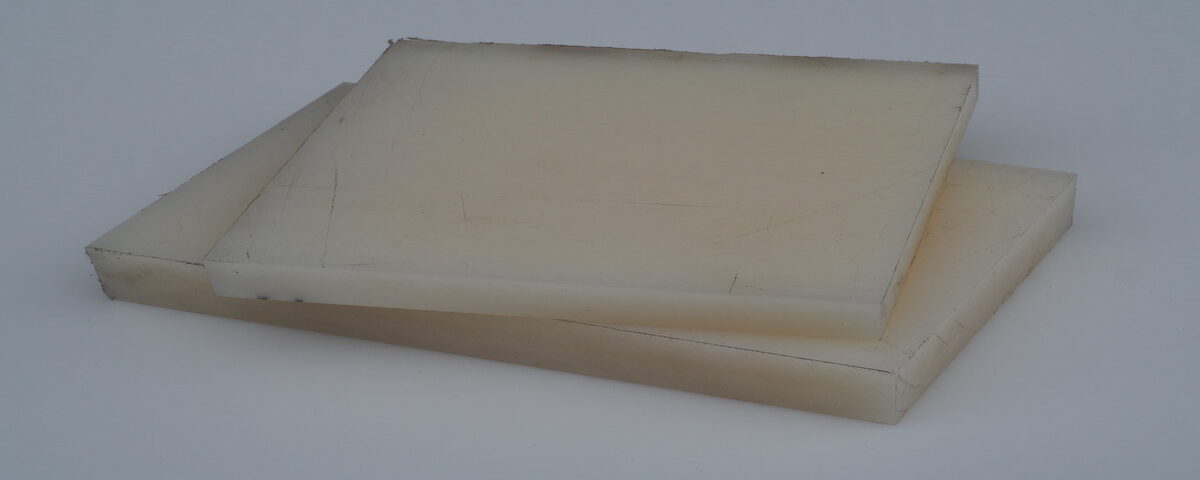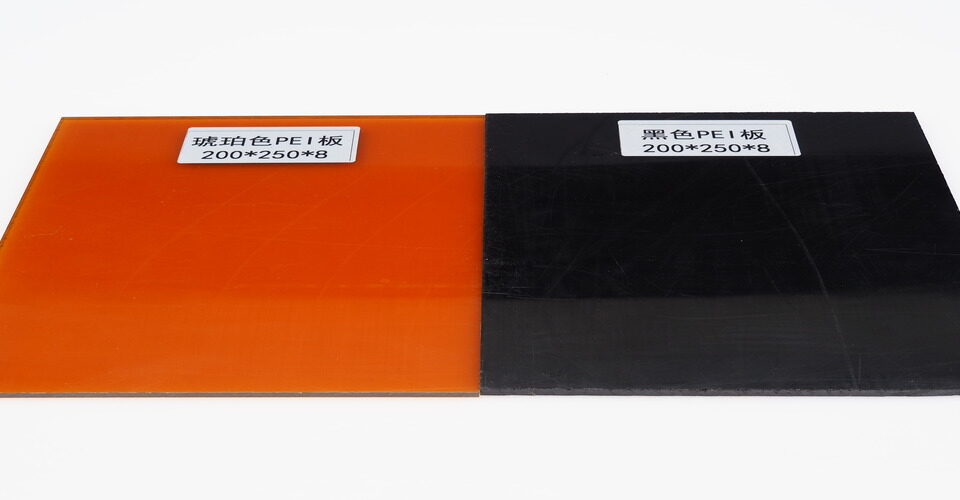
Is PA plastic food safe?
November 21, 2024
What is Polyurethane Used For?
November 21, 2024Polyvinylidene fluoride (PVDF) is a highly versatile thermoplastic known for its excellent chemical resistance, high thermal stability, and mechanical strength. While PVDF offers numerous benefits, it also has some disadvantages that can limit its application in certain scenarios.
Cost of PVDF
One of the primary disadvantages of PVDF is its cost. Compared to other thermoplastics, such as polyethylene or polypropylene, PVDF is significantly more expensive. This higher cost can be prohibitive for large-scale manufacturing, especially in industries where budget constraints are a concern. As a result, PVDF is often reserved for specialized applications rather than everyday use.

Limited Processability
Although PVDF has many desirable properties, it can be difficult to process due to its high melting point (about 177°C or 350°F). This makes it challenging to mold or shape using standard manufacturing techniques. Specialized equipment and processes, such as extrusion and injection molding at elevated temperatures, are often required, which can add complexity and cost to the production process.
Environmental Impact
PVDF is not biodegradable and is considered environmentally harmful if not disposed of properly. Like many plastics, it contributes to plastic waste and environmental pollution when discarded. Recycling options for PVDF are limited, which increases its environmental footprint.
Susceptibility to UV Degradation
PVDF, while highly resistant to chemicals, is susceptible to degradation from prolonged exposure to ultraviolet (UV) light. This can lead to surface damage, discoloration, and reduced material performance over time, especially in outdoor applications without proper protective coatings.
Conclusion
Despite its strong performance in specific industries, PVDF’s high cost, processing challenges, environmental concerns, and susceptibility to UV degradation can limit its widespread use.






